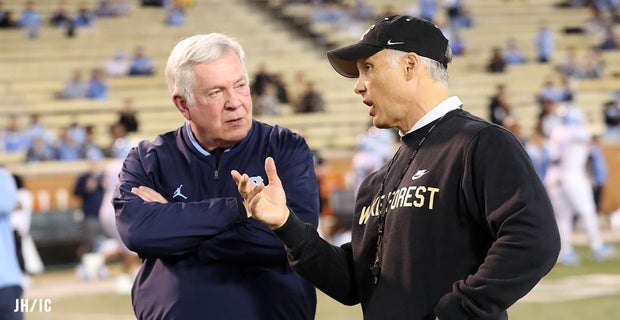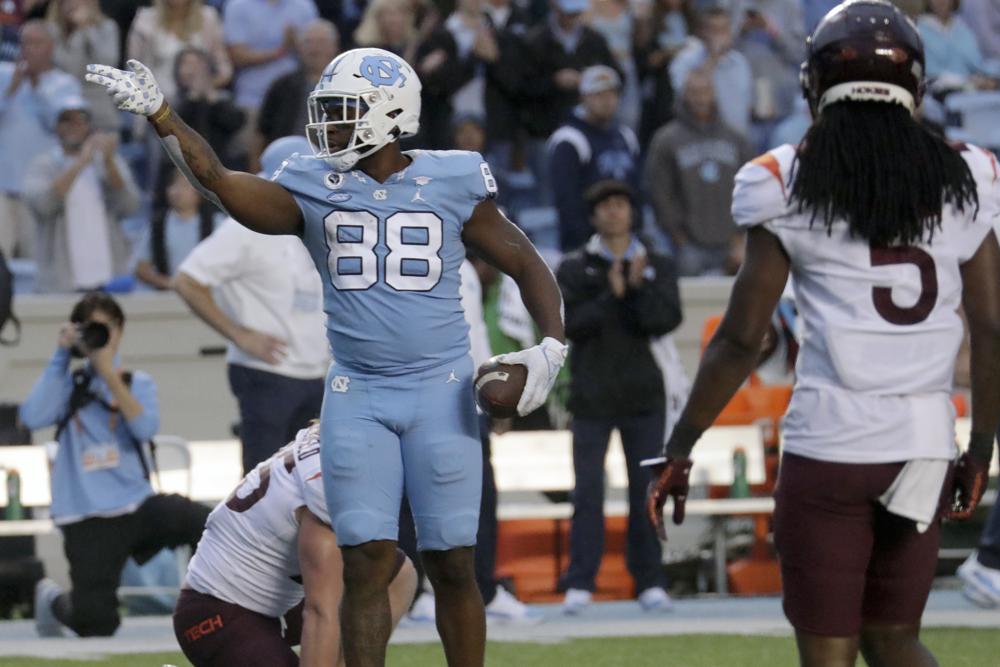Two recent, dramatic, football-related concussion stories should compel university trustees and faculty to ask, “why, exactly, are universities playing football?”

Lew Margolis
The first story is that a federal judge granted initial approval of a settlement against the NCAA over the handling of head injuries. Although the NCAA is still reviewing the terms, the agreement calls for a $70 million fund to monitor former athletes for signs of brain damage, such as chronic traumatic encephalopathy, the growing scourge of football.
The second story is nothing short of stunning. The NFL, which has already agreed to provide up to $5 million per former player suffering from football-related neurological damage, reported a 32% increase in the number of concussions this season.
Epidemiologists will point out that this does not necessarily mean more concussions, but may well be the result of increased monitoring, largely in response to the outcry by players and perhaps the parents of youngsters who are beginning to have second thoughts about the wisdom of allowing their sons to play football.
The fact that more concussions are being reported, the more closely we look, is exactly, however, the reason for trustees and faculty to be concerned. In truth, medical science has only begun to understand the long-term consequences of the hundreds of brain-scrambling collisions that occur over the course of a single football season.
It may well be that collisions do not have to result in an actual diagnosed concussion to cause brain damage. The closer we look the more we are understanding that the effects on the brain of collision sports like football are likely more extensive than we have assumed.
Trustees and faculty are the guardians of the missions of universities to champion critical thinking. Why do those who play this vital guardian role permit, not to mention, encourage a sport that damages brains?
— Lew Margolis.







Comments on Chapelboro are moderated according to our Community Guidelines